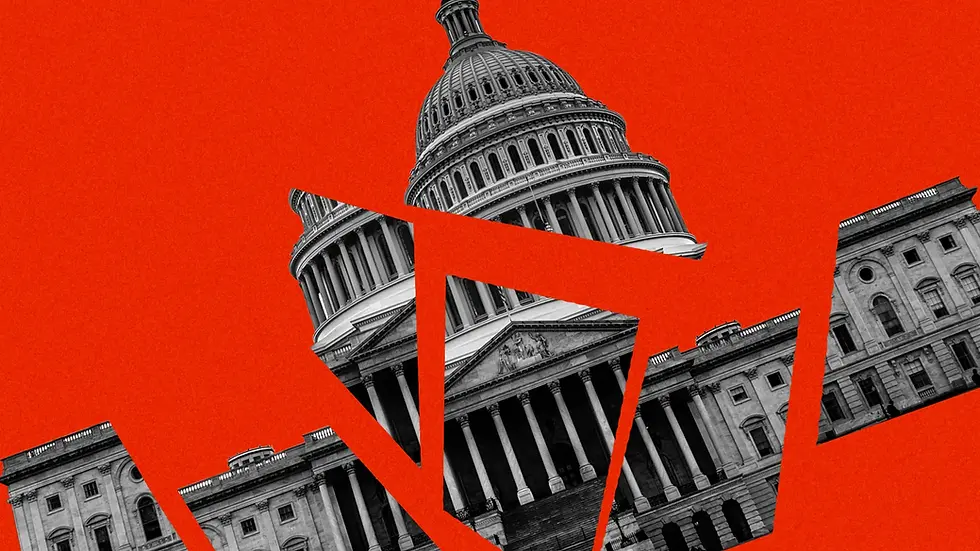Supreme Court says no to student loan forgiveness: What now? 🚫🎓
- Joeziel Vazquez

- Jun 30, 2023
- 3 min read
By Joeziel Joey Vazquez, CEO of Credlocity
The Supreme Court has delivered a major blow to millions of Americans who were hoping for some relief from their student loan debt. In a 6-3 decision, the court struck down President Biden's plan to forgive up to $10,000 of federal student loans for each borrower. The court said that the plan exceeded the authority of the Department of Education and violated the separation of powers.
The plan, which was announced by Biden in January, was based on a law called the HEROES Act, which gives the Secretary of Education the power to waive or modify any provision of the Higher Education Act in connection with a war or national emergency. Biden argued that the COVID-19 pandemic qualified as such an emergency and that student loan forgiveness was necessary to help the economy recover.
However, six states - Nebraska, Texas, Alabama, Arkansas, Georgia and South Carolina - sued to stop the plan, claiming that it would harm their interests and infringe on their sovereignty. They argued that the HEROES Act did not authorize such a sweeping change to the student loan system and that only Congress could enact such a policy.
The Supreme Court agreed with the states and ruled that the HEROES Act only allowed the Secretary of Education to make minor adjustments to existing provisions, not transform them. The court said that forgiving student loans would have significant fiscal and policy implications that required legislative action, not executive discretion. The court also said that allowing the Secretary of Education to cancel student debt would undermine the accountability and responsibility of borrowers and lenders.
The decision is a huge setback for Biden, who had made student loan forgiveness a key part of his campaign platform and his agenda for his first 100 days in office. It is also a devastating blow for about 40 million Americans who owe more than $1.7 trillion in federal student loans, many of whom are struggling to make payments amid the pandemic and its economic fallout.
So what now? Is there any hope for student loan borrowers? Well, there are still some options available, but they are not as easy or as generous as Biden's plan. Here are some of them:
- Income-driven repayment plans: These plans allow borrowers to pay a percentage of their income (usually 10% or 15%) towards their loans for 20 or 25 years, after which the remaining balance is forgiven. However, these plans require annual recertification of income and family size, and the forgiven amount may be taxable.
- Public service loan forgiveness: This program forgives the remaining balance of federal student loans after 10 years of qualifying payments for borrowers who work in public service jobs, such as teachers, nurses, firefighters, etc. However, this program has strict eligibility criteria and a high rejection rate.
- Student loan refinancing: This option allows borrowers to replace their existing federal loans with new private loans that may have lower interest rates or better terms. However, this option requires good credit and income, and it means giving up the benefits and protections of federal loans, such as deferment, forbearance, forgiveness and flexible repayment options.
- Student loan consolidation: This option allows borrowers to combine multiple federal loans into one new loan with a fixed interest rate based on the weighted average of the original loans. This option may simplify repayment and lower monthly payments by extending the repayment term. However, this option does not reduce the principal amount owed and may increase the total interest paid over time.
If you are interested in learning more about Credlocity and how it can help you with your student loans, visit our website at www.credlocity.com or follow us on social media @credlocity.


